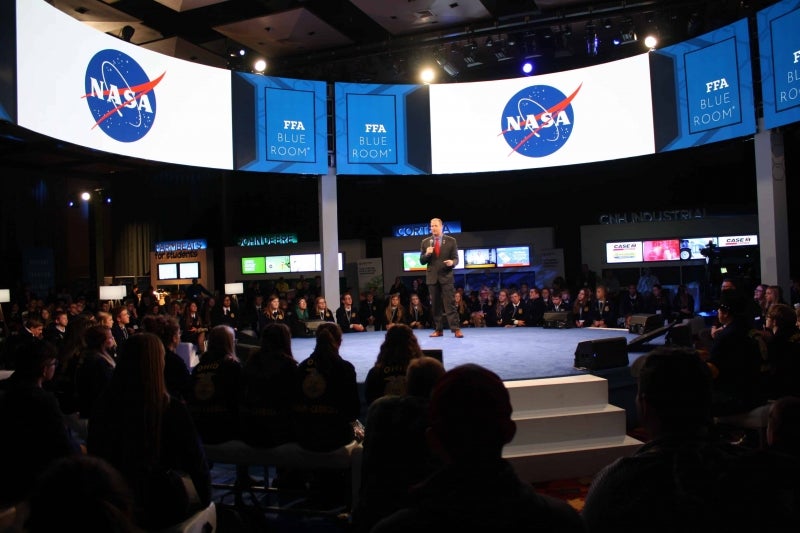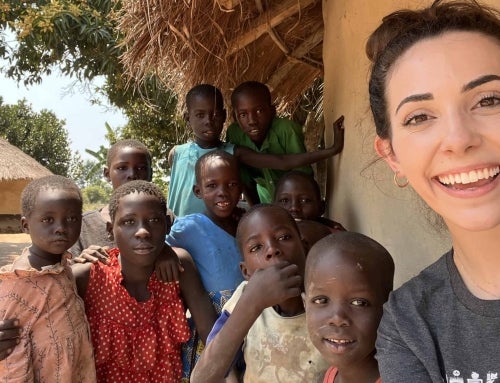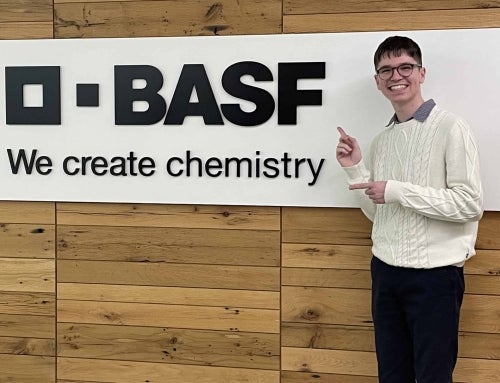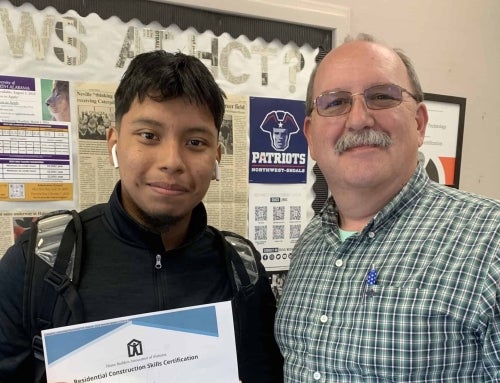The FFA Blue Room at the 92nd National FFA Convention & Expo has a roster full of ag industry leaders sharing the latest technological advancements. One of the marquee presenters: NASA Administrator James Bridenstine.
He spoke to FFA members about how space technology has impacted farming technology in the past, and how NASA and agriculture continue to intersect for earth science technology and space exploration.
“What a lot of people don’t realize is that NASA has an Earth Science Division,” he said. “We are looking at the Earth and every part of the electromagnetic spectrum all the time, and we are figuring out how to use that information to increase crop yields while reducing water usage.”
Bridenstine reflected on NASA-developed technology now widely used in the agriculture industry, like GPS, and also shared some of the agency’s ongoing projects that can impact agriculture worldwide. The first, Landsat, can potentially provide specific evapotranspiration numbers for farmers to use in a detailed irrigation plan. It measures evaporation rates from the soil and transpiration rates from crops.
Another NASA endeavor, Grace (Gravity Recovery and Climate Experiment), measures the gravity well at different points on Earth, as Earth’s gravity is not constant or consistent. “From these measurements, we can actually make assessments as to how much water is in an aquifer,” Bridenstine said. “We can make assessments as to how much water is in the soil, and we have used these measurements as an agency not just to make drought predictions here in the United States, but we’ve done it to make drought predictions in Uganda.”
These methods can be used to mitigate problems like a drought before it happens, Bridenstine emphasized.
The connection of space to agriculture is much stronger than ever before, Bridenstine said — and the National FFA Convention seems more like a tech conference. “It’s all tech, it’s all science, it’s the STEM fields, and ag is a piece of it,” Bridenstine said. “It’s different than when I was in high school by far. I think that there’s a lot of synergies between agriculture and space exploration. A lot of the science is necessary to explore space.
“I would encourage anyone interested in going into space to study the STEM fields,” he said.
And he doesn’t simply want FFA members to go to space — he wants to land on the moon. He is the only NASA administrator who has not personally experienced humans on the moon, as he wasn’t alive during the first landing.
“We have to make sure your generation has to make sure that another generation like mine does not go by,” Bridenstine said.
“You are the Artemis generation,” he said, referencing the NASA program to return to the moon. “We love the Apollo generation, but we are the Artemis generation. We need to go back to the moon.”












